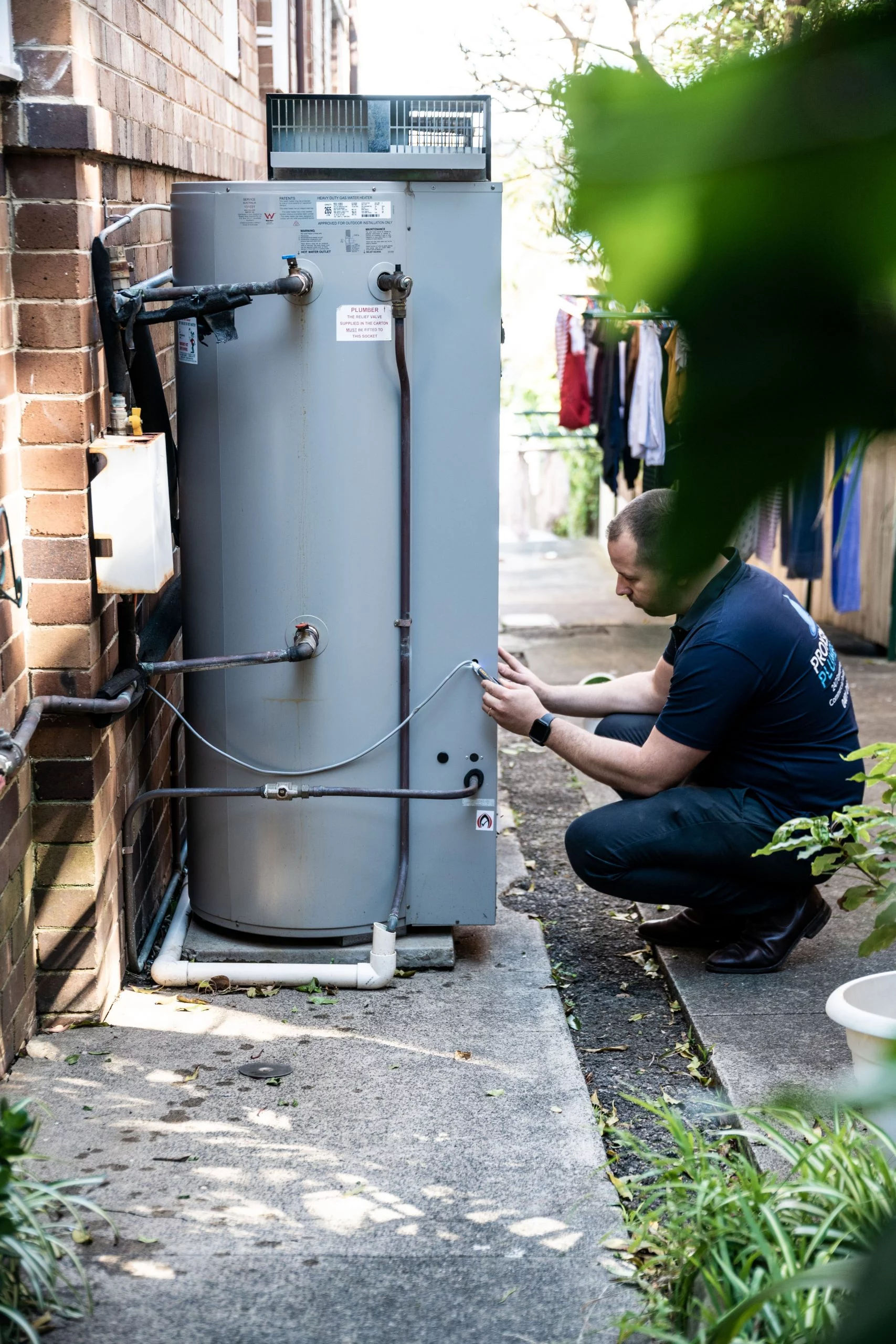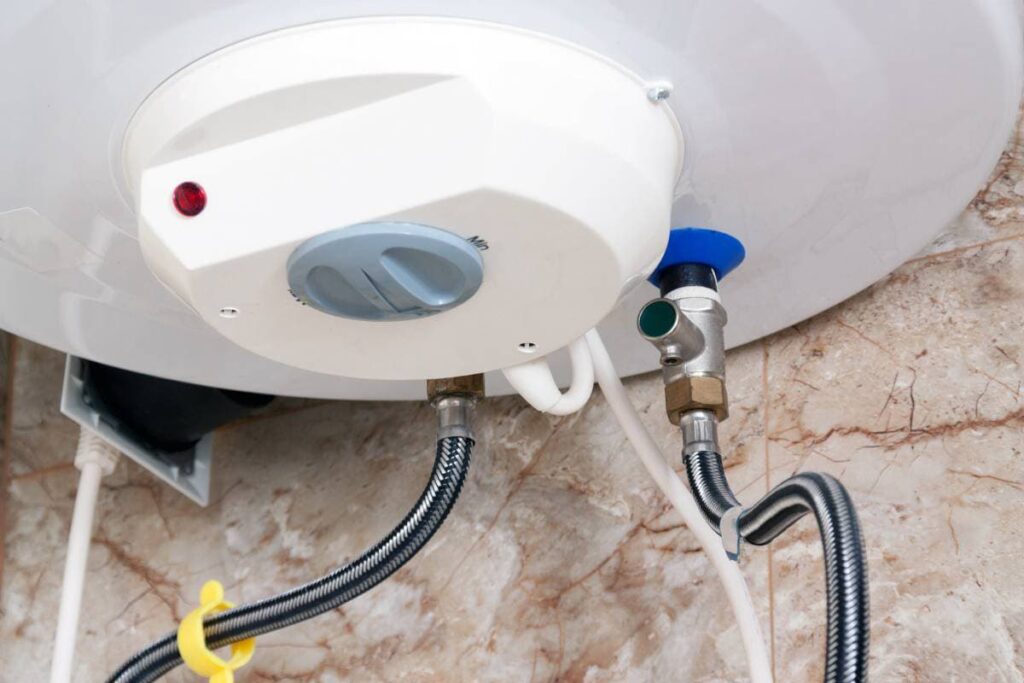Steps to Properly Maintain Your Home's Hot Water SystemEffective Strategies for Caring for Your Home's Hot Water System
Free EstimateIn this article in the next paragraphs you will find more brilliant points all about Water Heater Maintenance Tips You Can't Afford to Forget.

Warm water is crucial for daily comfort, whether it's for a rejuvenating shower or washing meals. To guarantee your warm water system runs successfully and lasts much longer, normal upkeep is key. This article offers useful ideas and understandings on exactly how to preserve your home's warm water system to stay clear of disturbances and pricey fixings.
Intro
Keeping your home's warm water system could appear complicated, however with a few simple actions, you can ensure it operates efficiently for many years to find. This overview covers every little thing from recognizing your hot water system to DIY maintenance tips and knowing when to call specialist aid.
Significance of Maintaining Your Warm Water System
Routine maintenance not just prolongs the life expectancy of your hot water system yet additionally guarantees it runs effectively. Overlooking maintenance can bring about lowered effectiveness, higher energy costs, and even premature failing of the system.
Signs Your Warm Water System Requirements Maintenance
Recognizing when your hot water system requires attention can protect against significant problems. Look out for indicators such as irregular water temperature, strange sounds from the heating unit, or rusty water.
Purging the Water Heater
Purging your water heater gets rid of sediment build-up, enhancing performance and extending its life.
Monitoring and Replacing Anode Rods
Anode poles stop rust inside the tank. Checking and replacing them when worn out is important.
Complex Problems Requiring Expert Help
Examples consist of major leakages, electrical issues, or if your hot water heater is continually underperforming.
Regular Professional Upkeep Advantages
Professional upkeep can include thorough assessments, tune-ups, and guaranteeing conformity with security criteria.
Examining and Adjusting Temperature Level Settings
Changing the temperature setups guarantees optimal performance and safety and security.
DIY Tips for Maintenance
You can do several maintenance jobs yourself to keep your hot water system in leading condition.
Looking for Leakages
Frequently check pipes and links for leakages, as these can bring about water damage and greater bills.
Comprehending Your Warm Water System
Before diving right into upkeep tasks, it's practical to recognize the standard components of your hot water system. Usually, this consists of the hot water heater itself, pipelines, anode rods, and temperature controls.
Regular Monthly Maintenance Tasks
Regular regular monthly checks can aid catch minor concerns prior to they escalate.
Checking Stress Relief Valves
Testing the pressure relief valve ensures it works properly and protects against too much stress build-up.
Insulating Pipelines
Shielding hot water pipes minimizes warmth loss and can conserve energy.
When to Call an Expert
While do it yourself upkeep is helpful, some concerns call for specialist experience.
Verdict
Normal upkeep of your home's warm water system is crucial for performance, durability, and expense financial savings. By adhering to these pointers and recognizing when to seek professional help, you can guarantee a trustworthy supply of hot water without unforeseen disruptions.
Water Heater Maintenance Tips
Test the TPR Valve
Shut off the power and the cold-water supply valve. Place a bucket under the pipe connected to the temperature-pressure-release (TPR) valve on the top or side of the tank. (This valve opens if the tank pressure gets too high.) Lift the valve’s tab to let some water out, then let go. If water keeps flowing, drain the tank partway, unscrew the old valve with a pipe wrench, and install a new one. Check the Anode Rod
Put a hose to the tank’s drain cock and let out a few gallons of water. Now fit a 1 1/16-inch socket onto the rod’s hex head on top of the heater (or under its top plate) and unscrew the rod. If it’s less than ½ inch thick or coated with calcium, buy a new one, wrap its threads with Teflon tape, put it back in the tank, and tighten securely. Use this segmented rod if headroom above the tank is limited. Drain the Tank and Wash Out Sediment
Drain the remaining water in the tank into the bucket, then stir up the sediment on the tank’s bottom by briefly opening the cold-water supply valve. Drain and repeat until clean water comes out of the hose. Close the drain cock, refill the tank, and turn its power back on. Adjust the Temperature
Find the temperature dial on the side of the tank and unscrew its cover. Adjust the dial to 120 degrees using a flathead screwdriver. For every 10 degrees the temperature is lowered, you can expect to save up to 5 percent in energy costs. Turn the water heater off or the thermostat down to its lowest setting if you plan to be away from home for more than three days. Insulate the Pipes
Buy some self-sticking 3/8-inch-thick foam pipe insulation that matches the pipes’ diameter. Slide the foam over the hot-and cold-water pipes as far as you can reach. Insulating the cold-water pipe prevents condensation in summer. Peel the tape and squeeze the insulation closed. If the pipe is 6 inches or less from the flue, cover it with 1-inch-thick unfaced fiberglass pipe wrap. https://www.thisoldhouse.com/plumbing/21016402/how-to-maintain-a-water-heater

I am very inquisitive about How to Maintain Your Water Heater & Prolong its Life and I'm hoping you enjoyed our blog post. Enjoyed reading our article? Please quickly share it. Help another person locate it. Thanks a lot for your time. Come back soon.
Book Your Service